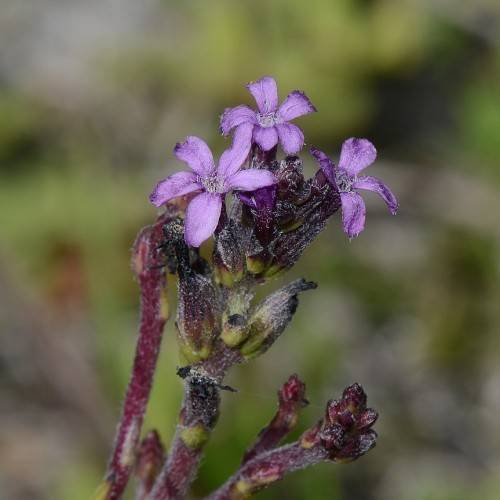
Bluehearts
Buchnera americana
Also Known As - American Bluehearts,BupleurumWatering:
Average
Hardiness Zone:
Sun:
full sun
Leaf:
Yes
Growth Rate:
High
Drought Tolerant:
Yes
Salt Tolerant:
Yes
Invasive:
Yes
Care Level:
Medium
watering
Cheatgrass (Bromus tectorum) prefers moist soil with good drainage. Water the plant thoroughly when the top few inches of soil begin to dry out. Watering frequency will depend on the climate and soil type; if the soil is sandy, for instance, it will dry out more quickly than a heavier soil. In general, 1 to 2 inches of water per week is recommended for Cheatgrass during its growing season. Water deeply and apply evenly, making sure to saturate the root zone.
sunlight
Cheatgrass (Bromus tectorum) typically prefers full or partial sun, with up to 8 hours of direct sunlight being ideal. During seedling development, it can even benefit from up to 12 hours of direct sunlight during late spring or early summer. For the remainder of the summer, cheatgrass should receive up to 8 hours of direct sunlight, but will still thrive if it receives 6 hours or less. As autumn progresses and winter approaches, the amount of direct sunlight can decrease to 4 or 5 hours throughout the day before increasing again in late spring.
pruning
Cheatgrass should be pruned at least once a year to maintain its optimum health. Pruning is best done in the late spring when new growth begins to appear. To prune cheatgrass, use sharp pruning shears and snip off about 1-third of the length of the plant. Do not cut any of the stem or budding tips of the plant as this will stunt the desired growth. Pruning should be done in an angled manner to allow for new growth to occur. Additionally, pruning can help to shape the plant and remove any weeds or diseased and dried-out portions. Pruning will also help to control the spread of this species.
